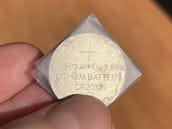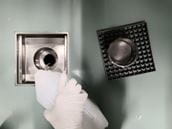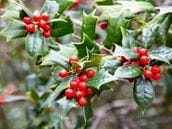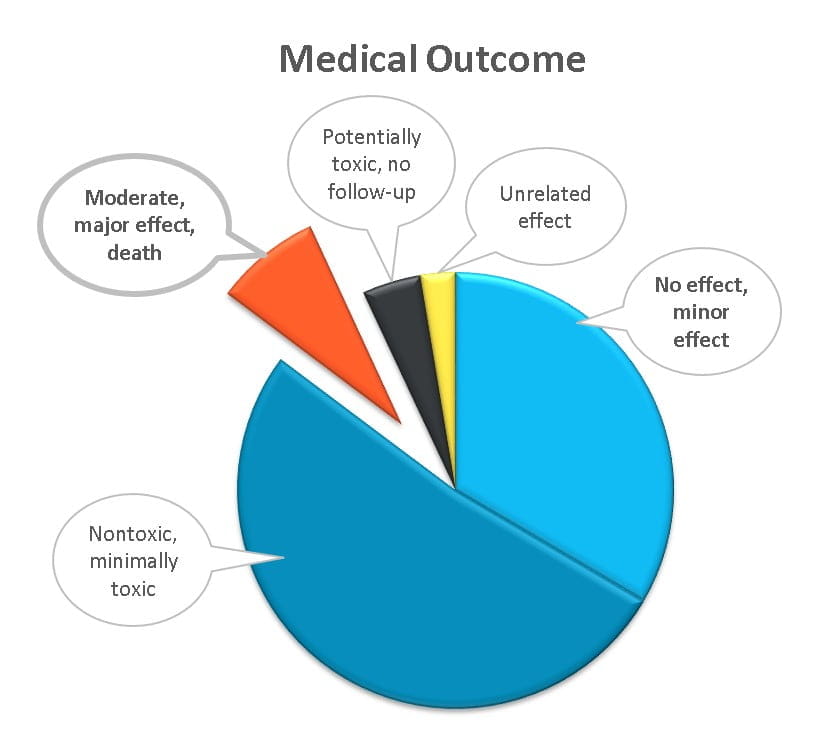
Are Over-the-Counter Phenylephrine Products Safe and Effective?
Phenylephrine is a decongestant available in many over-the-counter cold products. A US Food and Drug (FDA) Advisory Panel reviewed recent studies and found that oral phenylephrine is no more effective than placebo for the treatment of nasal congestion. Based on these findings and additional review, the FDA has proposed that products containing oral phenylephrine be removed from the market.













